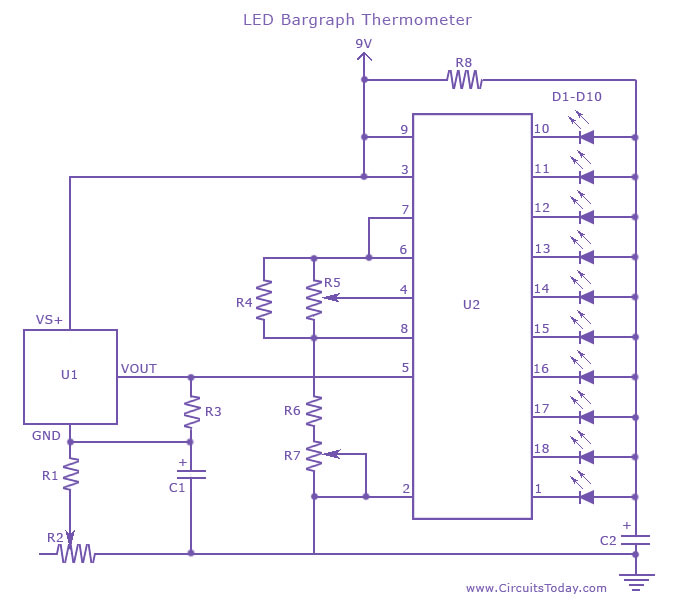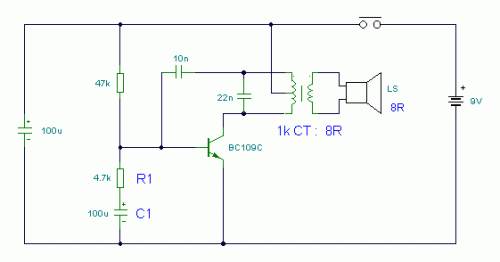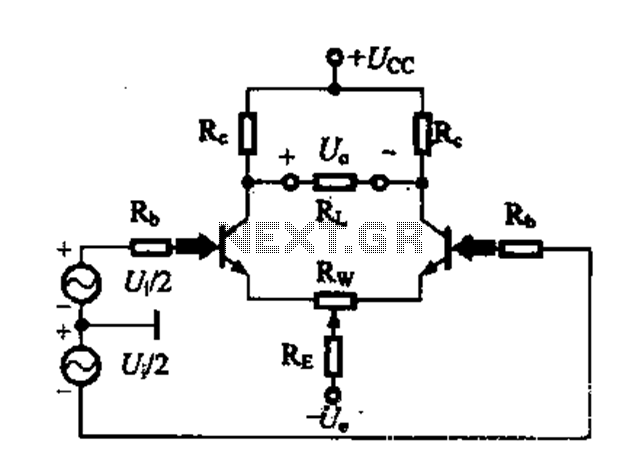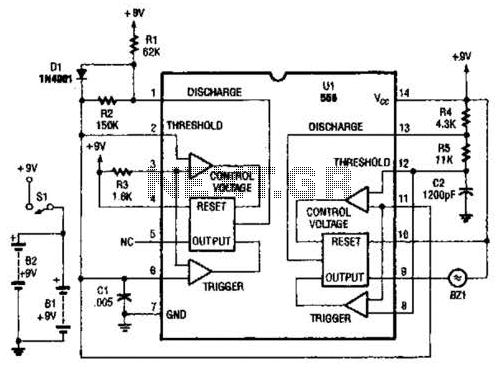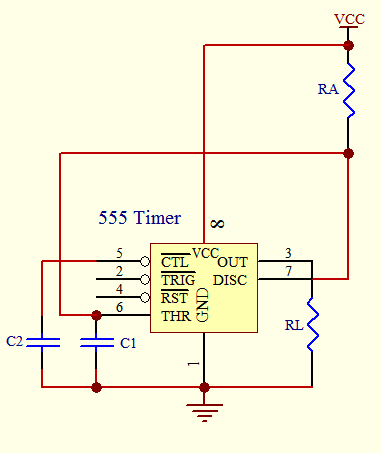
Strobe Light Circuit
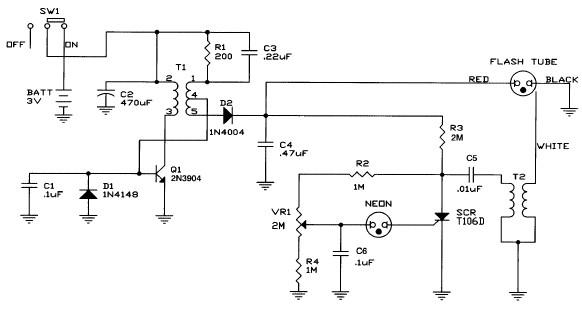
Caution! This strobe light circuit operates on 220V, making measurements and experiments extremely hazardous, even after disconnecting it from the mains.
The strobe light circuit is designed to produce high-intensity flashes of light at specified intervals. It typically consists of a power supply section, a control circuit, and a strobe light element. The power supply converts the 220V AC mains voltage into a suitable DC voltage, which powers the control circuit and the strobe light.
The control circuit may include components such as a timer, a microcontroller, or a simple oscillator that determines the frequency and duration of the light flashes. Safety features should be implemented to prevent electric shock, including proper insulation, fuse protection, and the use of relays to isolate high voltage components from user-accessible parts.
The strobe light itself can be an incandescent bulb, LED array, or a xenon flash tube, depending on the desired brightness and application. The design must ensure that all components are rated for the voltage and current they will encounter during operation.
It is essential to follow safety guidelines when working with high-voltage circuits, including using insulated tools, wearing protective equipment, and ensuring that the circuit is de-energized before making any adjustments or measurements. Proper grounding and circuit layout will also mitigate risks associated with electrical shock and equipment damage.Attention! This strobe light circuit is connected to 220V, so measurements and experiments are very dangerous even after unplugging it from the mains. P1 p.. 🔗 External reference
The strobe light circuit is designed to produce high-intensity flashes of light at specified intervals. It typically consists of a power supply section, a control circuit, and a strobe light element. The power supply converts the 220V AC mains voltage into a suitable DC voltage, which powers the control circuit and the strobe light.
The control circuit may include components such as a timer, a microcontroller, or a simple oscillator that determines the frequency and duration of the light flashes. Safety features should be implemented to prevent electric shock, including proper insulation, fuse protection, and the use of relays to isolate high voltage components from user-accessible parts.
The strobe light itself can be an incandescent bulb, LED array, or a xenon flash tube, depending on the desired brightness and application. The design must ensure that all components are rated for the voltage and current they will encounter during operation.
It is essential to follow safety guidelines when working with high-voltage circuits, including using insulated tools, wearing protective equipment, and ensuring that the circuit is de-energized before making any adjustments or measurements. Proper grounding and circuit layout will also mitigate risks associated with electrical shock and equipment damage.Attention! This strobe light circuit is connected to 220V, so measurements and experiments are very dangerous even after unplugging it from the mains. P1 p.. 🔗 External reference
